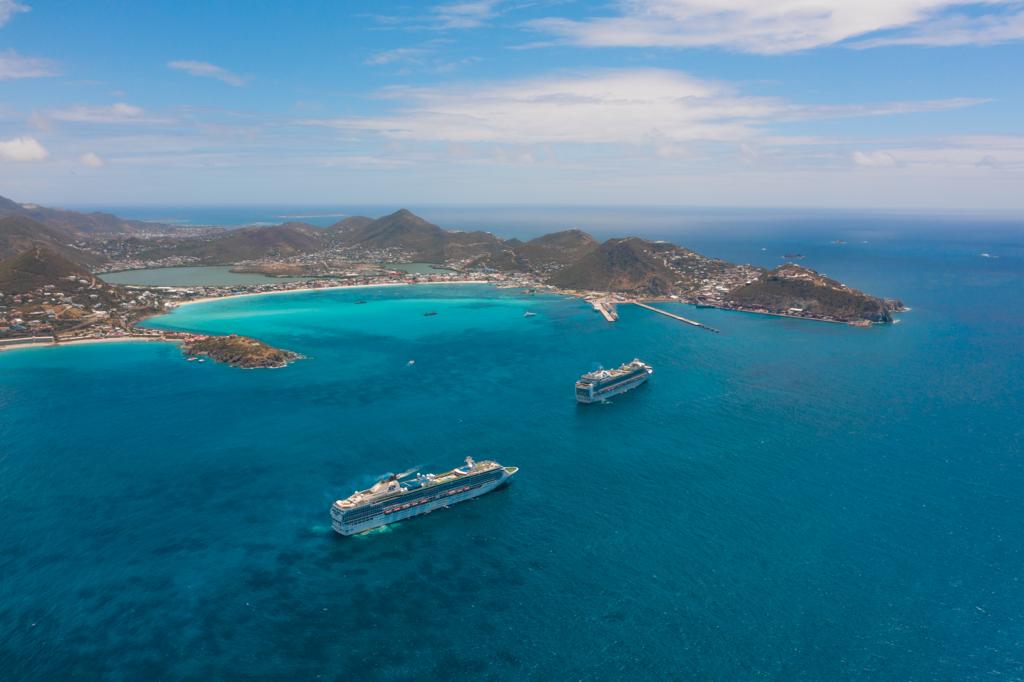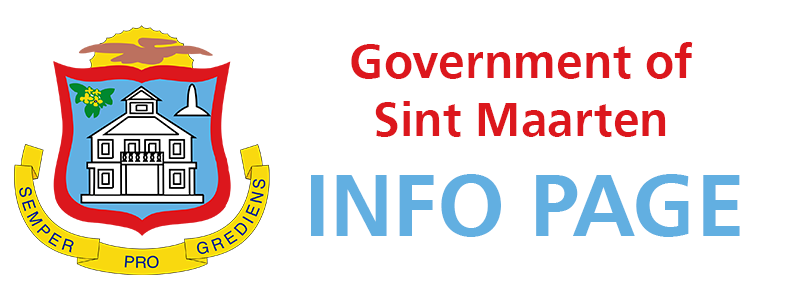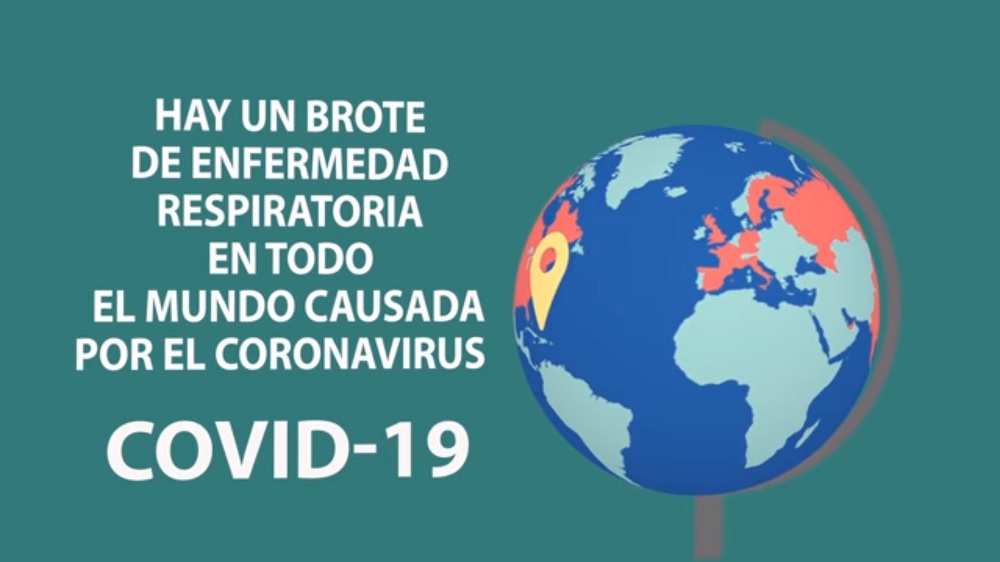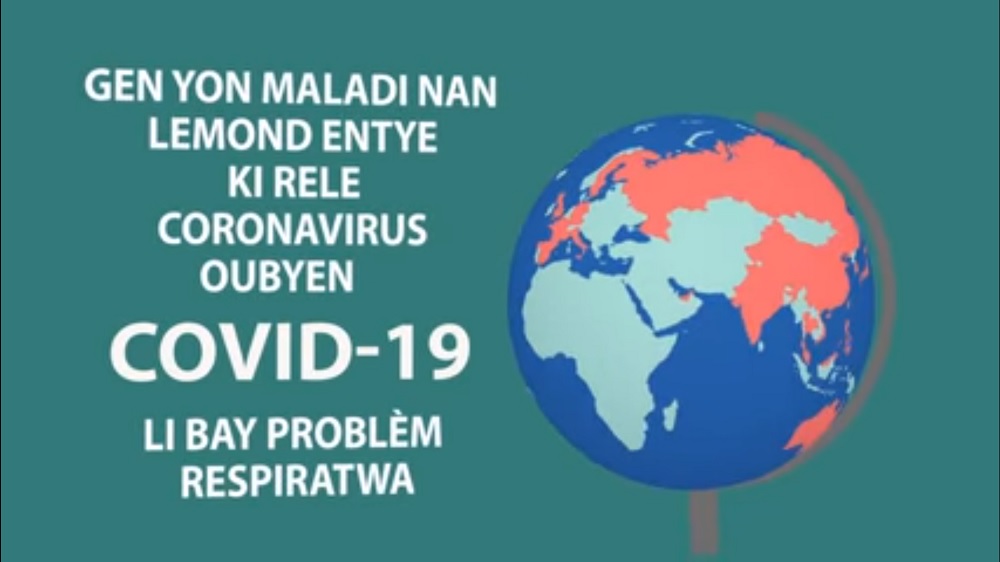SHTA, Port St. Maarten Discuss Homeporting
This past Thursday, the St. Maarten Hospitality & Trade Association (SHTA) and Port St. Maarten Group (PSG) organized a meeting to discuss the effects and forward strategy of St. Maarten as a homeporting destination. The meeting served to evaluate the benefits and challenges of Homeporting for country St. Maarten after three years of expansion of this tourism product.
Amongst the 24 delegates of the port-initiated meeting were hoteliers, destination management companies (DMCs), and representatives of Port St. Maarten Group and the St. Maarten Tourism Bureau (STB). Past experiences and opportunities as well as challenges going forward were explored during the meeting.
Homeporting stands for the use of destination St. Maarten as a base of departure, provisioning, and preparation of cruise ships before and after making a tour throughout the Caribbean. Many visitors as well as cruise crew members add stayover nights to their trip to St. Maarten, being beneficial to hotels, restaurants, activities, and retail. The perceived challenge with homeporting globally however is that it puts additional strain on logistics, infrastructure, and last but not least hotel rooms.
Examples of American and Caribbean destinations were discussed during the meeting. In these destinations, it’s been observed that passengers and crew barely visited the destination by means of pre or post-stays, hotel rooms thus occupied only for one day a week barring tourists looking for a longer stay and putting a significant strain on traffic, airlift, and prices. As both stayover and cruise passengers start their holidays on the weekends, they compete for hotel rooms and modes of transport on the same days.
It is Port CEO Alexander Gumbs’ deliberate strategy to avoid the above situations and encourage passengers to stay for extra days, or even a week on the island. “Homeporting is first and foremost beneficial when its passengers take some days to dine, shop and do activities on the island. It is our target to entice tourists to combine their cruise with a stay on the island, and also to spread peaks of transport demand throughout the week”.
Having a frank discussion about how to best guide this process from both a hospitality and port perspective was key to Thursday’s meeting. In general, hoteliers commended both port and government for the expansion of St. Maarten as a homeporting destination. Most hotels saw benefits in additional visitors and crew members over the past years. The added hotel stays have especially been helpful during the pandemic when international tourism was restricted globally.
Forecasts were discussed as developments for the large operations in the port require adequate long-range planning. All present agreed that a “holistic vision” should lead to future growth of the destination, not one in which the various tourism sectors develop in silos.
In conjunction, the hotel industry and the port stressed the urgency of solutions for the ongoing traffic challenge. Within a few years, the St. Maarten hotel room count will supersede its highest point of 2017. Also, the short-term rental industry has grown tremendously. In conjunction with the port expanding services, under the current circumstances, traffic will become an increasing bottleneck for growth.
Other challenges discussed were airport capacity and potential tourism taxation. Expansion to homeport larger vessels can only take place when the airport is fully restored to its former capacity. The current airlift is highly limited, with cruise and passenger crew putting further pressure on availability and pricing. Though high airlift prices are a global and undesired current phenomenon, expanding airlift is seen as a crucial next step for destination growth to both provide capacity and lower prices.
The risk of any taxation increases, especially without investing in the tourism product was considered a profound challenge for the destination. Destination marketing expenditure is very low compared to other Caribbean destinations. Especially, in the wake of a difficult period beginning in 2017 for the island’s key industry, any tourism taxation should be expected to produce an adverse effect.










